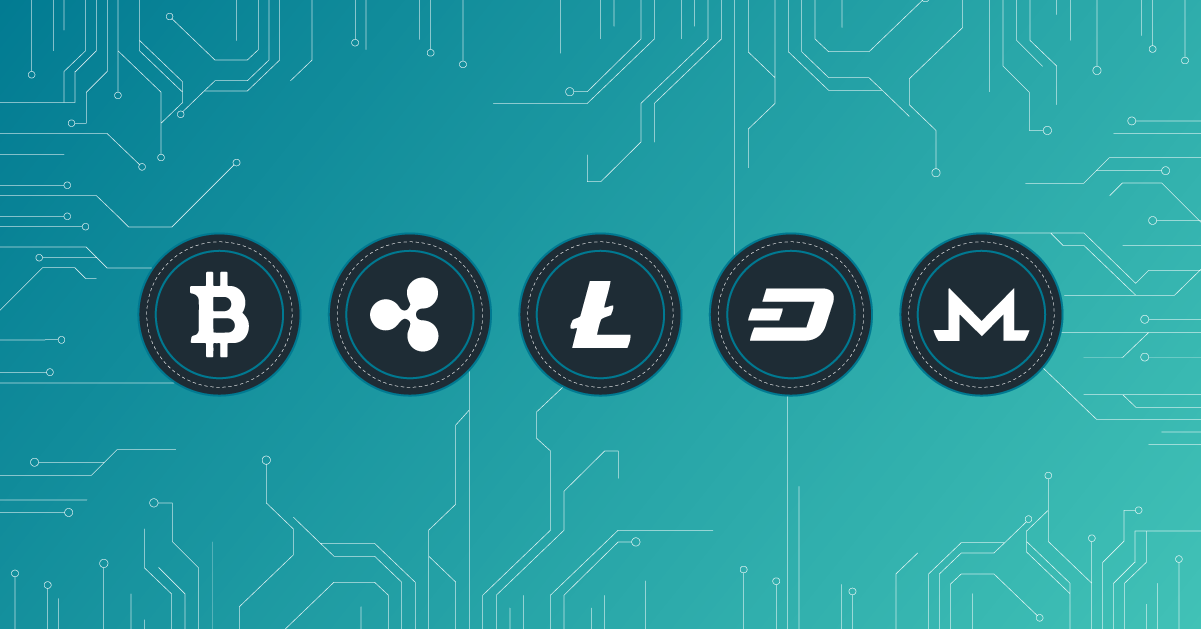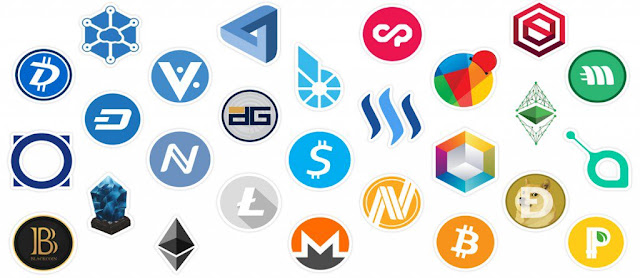There are hundreds of coins listed on different exchanges and by the time you finish reading this post, there will be more. However, not many of them gain traction, not to mention surviving the next five years.
Luckily, there’s a way of predicting which coin is worth your time and it goes down to measuring your decision in 5 steps that will reduce the investment risk.
FIVE RULES OF CHOOSING YOUR CRYPTOCURRENCY

Cryptocurrency ranking is one of the best places to start tracking the development of all coins. The position depends on their 24h volume, liquidity, market capitalisation, developer activity and price.
If you keep on tracking it on a daily basis, you will be the first one to know about a new altcoin that is climbing high and you can track the price fluctuation. CoinMarketCap is one of the most reliable and easiest platforms to use, featuring all 800+ cryptocurrencies.
These are the aspects you have to consider while assessing the coin’s real value:
24H VOLUME
This indicates how much value has been traded throughout a 24h period, it’s expressed in USC and BTC. The higher 24h volume reflects a more established coin with a solid base, at least one functioning exchange (where the volume comes from) and perceived value by the trading community.
Try to choose a coin with at least 10,000 USD trading volume – it shows that the coin has already been traded and there’s a certain percentage of the network that believes in the coin. There are success stories of investors buying a coin for few cents, with an incredibly low trading volume, but these are rare incidents. Don’t be misled – you have more chances of success by sticking to averages, instead of chasing miracle trades.
You have to watch out for the so-called pump and dump schemes. They’re set up by developers who buy the currency in a large quantity, drive the price up and sell as soon as the currency reaches a peak. Eventually dropping the price significantly.
Most of the time, these schemes are reflected in the trading history and price graphs in steep curves. If you spot this pattern, keep tracking it every few days over a week or two period – Pump and Dump scheme doesn’t usually last longer than few days.
COIN LIQUIDITY
The coin liquidity is measured in both the volume percentage and the BTC volume. Some coins have very small BTC volume. Meaning, even a purchase of few hundred could move a market into your disadvantage. To avoid that, try not to use exchanges that have a low volume exchanges.
The coin liquidity goes align with ‘Wash Trading’ which can happen with both high and low volume coins.
The exchange can artificially inflate the trading volume to appear more attractive to traders who always look for a higher liquidity. If you’re not familiar with the exchange history, or you opted for a lesser-known exchange, look out for the increase of volume without a corresponding increase in price.
Why do exchanges do that? If the market doesn’t move in the direction they want it to move, they will do their best to encourage the trade in order not to lose customers and the incentive.
Unfortunately, wash trade has been known to exist even at the larger exchanges and sometimes it’s a sign of a deeper problem. The exchange might not be doing financially well and the market stagnation isn’t helping it. If you come across an exchange like that, it’s better to stay away.
MARKET CAPITALISATION AND CURRENT PRICE
Market Capitalisation is calculated by the number of coins available multiplied by the current market price. However, it works only with the coins that have already been mined, not the future supply.
Developers tend to issue a lot of coins at the beginning which can reflect a higher perceived value than it is in reality.
Current price is an indicator of a perceived value but not much else. The price should never be the deciding factor behind the investment. The technical and future potential are the driving factors.
If you’re new to investing, you might be tempted by a low price, but you shouldn’t base your decision solely on that. Market capitalisation can also represent an inflated price due.
If you see a coin with low daily volume but high market capitalization, you are most likely seeing a manipulation of that coins price.
DEVELOPER ACTIVITY
The truth is – anyone who knows how to code can design their own cryptocurrency. And that, unfortunately, comes with a lot of scams. The majority of successful, or promising, coins are announced on forums and through a public software repository such asGitHub.
If a developer is releasing a new cryptocoin, there should be a history behind that person. Nobody who’s brand new to the network will join with the new coin announcement. To come up with a successful idea behind cryptocurrency, it takes time. Hence, there should be a visible activity of a particular developer.
If you’re not a coder yourself, then it will be impossible to judge from a complicated code whether the coin is legitimate. But there are other factors to look out for:
- Regularity – constant updates about the coin, new features added to the coin on a regular basis
- Original Idea – a lot of new altcoins are just a minor improvement of Bitcoin. How do you know it’s a gold mine? When it brings something fresh and revolutionary to the cryptocurrency market
- Activity – if the developer genuinely believes in a product, he or she will answer questions, respond to comments and will be available to help
- Core Wallet – a new altcoin means that no major wallets will be able to store it; keeping the currency on an exchange is never a good option and a legitimate developer should release a specifically designed wallet
WHITE PAPER
A ‘White Paper’ is a document released by a developer or a core team of a particular coin that explains to the readers what the new cryptocurrency is.
It should not only include the code and the nitty-gritty technical details – it has to explain to the audience what is innovative about the coin, what are the current limitations and what are the further plans.
It’s an exposition of a coin’s technology and new innovations.
White Paper can be difficult to fake because there are enough experts in the community who would quickly realise that a coin is a scam. Think of the White Paper as an educational or a university paper. You would want to find all the information, answers to your questions plans and references to other work. That’s what you should look for in a White Paper as well.
The original Bitcoin White Paper from 2008 has multiple references to scholarly works and after reading it, there’s a confidence in the future of the coin.
Another good thing about the White Paper is that it can be modified and changed multiple times. What’s more – the more changes, the better. It sends a clear signal that a team is constantly working on improving the coin and its technology.
CONCLUSION

If you follow all these rules, you will significantly reduce the investment risk. Not only you will be putting your money into a more secure altcoin but you will also have a clear vision of the investment.
It will be time-consuming until you find information channels that work for you. With time, you will also get used to the specific jargon developers use and maybe even build your own reputation on the network.
Cryptocurrency world might be an unregulated Wild West to some, but if you’re smart and careful enough, you won’t risk as much. Think about investing in tangible things, like a property or company shares, you wouldn’t do it without an extensive research.
Altcoins aren’t any different – you have to make some effort to find an idea that you believe in and check all the angles of it. You can also start by reading our infographic about the main cryptocurrencies.
We get a lot of questions on how to choose cryptocurrency to invest in, especially from those who already own Bitcoin and Ethereum. It will be hard to find a cryptocoin that will skyrocket in price quickly, but once you come across an innovative idea, it will be worth waiting.
In a meantime, I’m going to do my own research following those rules. Who knows, maybe next time it will be me announcing the IOTA-like find?





